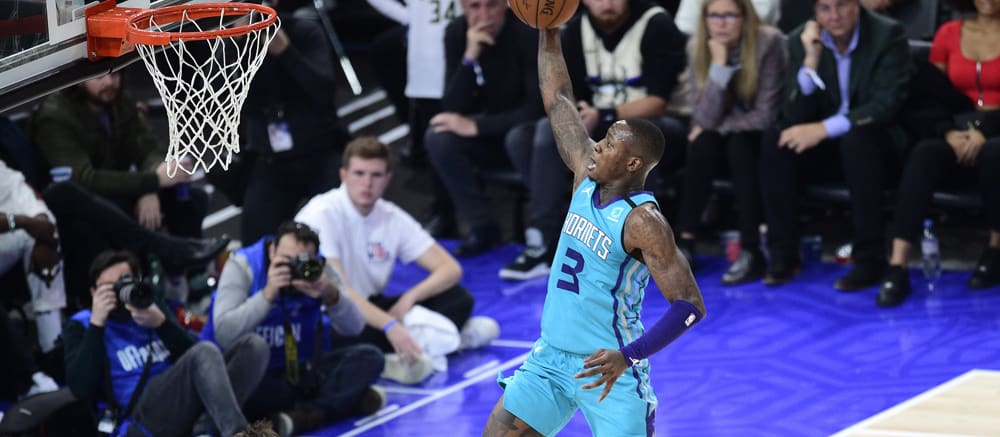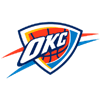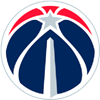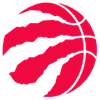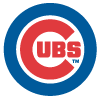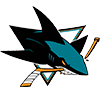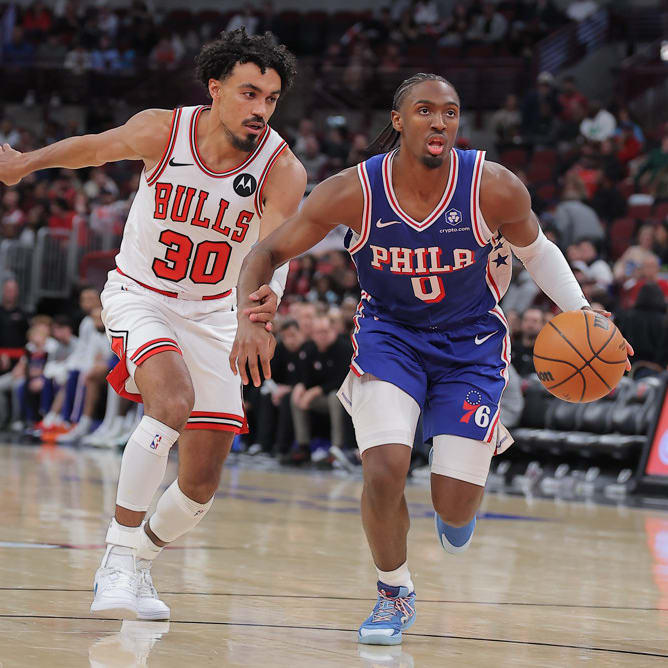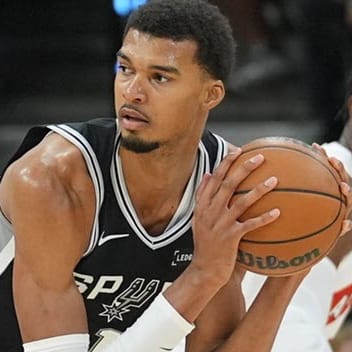The spirit of Christmas is upon us, meaning giving and receiving seems prudent, even when discussing fantasy basketball. With that in mind, I decided to dig into some of the finer points of executing a good trade, be it as a buyer or a seller. I'll run through some tips and strategies you should employ before hitting that accept button. Let's dive in.
A trade is a move that can have a significant impact on your fantasy season. Just as in reality, a trade has to be seen to be beneficial to both parties. However, there are ways you can make a transaction appear two-sided, but in fact, benefit you more than your opponent.
The first thing to consider when thinking about making a trade is why you are making the trade in the first place. Have a look at the standings. Where are you sitting at the moment? If you are near the top of the table, you may be fine with the team you have. Don't just make a trade for the sake of making a trade.
A trade might be a viable strategy if you are sitting around the middle of the pack or even closer to the bottom. But look closely at your current squad and evaluate why you might be struggling. It could be because of a lengthy injury or player absence. The first thing that is going to be obvious is if you have a top 30 player who has missed a significant
The spirit of Christmas is upon us, meaning giving and receiving seems prudent, even when discussing fantasy basketball. With that in mind, I decided to dig into some of the finer points of executing a good trade, be it as a buyer or a seller. I'll run through some tips and strategies you should employ before hitting that accept button. Let's dive in.
A trade is a move that can have a significant impact on your fantasy season. Just as in reality, a trade has to be seen to be beneficial to both parties. However, there are ways you can make a transaction appear two-sided, but in fact, benefit you more than your opponent.
The first thing to consider when thinking about making a trade is why you are making the trade in the first place. Have a look at the standings. Where are you sitting at the moment? If you are near the top of the table, you may be fine with the team you have. Don't just make a trade for the sake of making a trade.
A trade might be a viable strategy if you are sitting around the middle of the pack or even closer to the bottom. But look closely at your current squad and evaluate why you might be struggling. It could be because of a lengthy injury or player absence. The first thing that is going to be obvious is if you have a top 30 player who has missed a significant portion of the season. This is clearly going to drag your production down, and you may in fact be better off waiting until you have your full team in action before looking elsewhere for help. You would have drafted your team with a plan in mind, and as of this point, you have not seen whether that plan is going to work. What could be less obvious, is if you have had a number of smaller injuries or games missed, rather than one big injury. These smaller incidences can sneak up on you, and cause your team to appear close to full strength when in fact, you have never actually had all your players healthy at the same time. This is not going to happen as much with injuries as it might with players being rested. The chances of a player getting multiple injuries are pretty low, but rest does happen, especially with players coming off a significant injury. Terry Rozier is a prime example of this. He has already missed nine games so far this season, and yet most people would say he has been relatively healthy. The fact that LaMelo Ball has missed the majority of the season also overshadows the fact that Rozier has been absent at times. So just be sure to analyze your team and the associated games missed.
Finally, before deciding on whether to trade or not, have a look at the playoff schedule. While this won't make a huge difference to your decision, it is worth noting. For instance, you might look to trade one of your top guys for an equivalent player who has a nicer playoff run. On the flip side, you might want to keep your top players if they have a lot of playoff action coming their way.
Once you have had a good look at things and decided to go through with a trade offer, there are a couple of different ways to approach it. This is where the buy low and sell high theories come in handy. If you decide to try and sell high, have a look at your players and how they have been performing over the two weeks of action. You might feel that one of your players has been outperforming where you expect him to finish, and he might be someone you try to move. There could be a number of reasons he has been playing so well, with one of the most common, being an injury to another player. A good example of this case might be D'Angelo Russell, who is the 38th-ranked player over the past two weeks. However, his production is clearly due to the fact that Karl-Anthony Towns has missed so many games with a calf injury. The fact that they play very different positions helps your cause here as managers may not put two and two together when making their own evaluations. Towns is due back in 2-3 weeks but will likely be eased back into the rotation. While you don't have to rush into making a trade offer, it is something to consider prior to Towns' return. If you can find someone who is in need of a guard with name value, throw a player like this at them.
The buy-low option basically works in reverse. If you can see a player on another team that is playing well below their projections, then the manager might be susceptible to a normally unreasonable offer. A good example here could be the aforementioned Terry Rozier who is outside the top 140 over the past two weeks. He is currently dealing with a hip injury and to be honest, has not been able to replicate his production from the past two seasons even when healthy. However, there is a decent chance he gets moving in the right direction now that LaMelo Ball is healthy. If his manager is sitting mid-table, a low-ball offer could absolutely be a strategy worth considering.
If you are simply looking for a way to improve a certain area of your team build, and you know that the other managers are quite savvy, then a fair trade offer might be the only option. Decide what categories you need to improve and then transfer this to your player rankings. If you are punting one or two categories, put these filters into your rankings, and have a look at a player who might better suit your build. If you can find a player whose adjusted ranking is higher than their standard ranking, it is going to be easier to try and trade for them. You can offer someone from your team who has a comparable standard ranking, but a lower adjusted ranking.
You also need to be aware of the other teams in your league, and what their managers might be looking for. This could either be based on a statistic they are looking for or a position they are low on. For instance, they might be looking for rebounds and blocks, while you are looking for three-pointers and steals. Alternatively, you might need a center and they might need a point guard. These are all going to play a role in the decision, from both sides of the trade.
If you are offered a trade, you need to also take all these factors into account before deciding whether to accept or decline. At first look, it might appear that someone is trying to send you a low offer, and this might in fact be the case. But have a look at your team and the player that is being offered. Put them into your rankings, both standard and adjusted to your punt, and see how they fit into your build. While their standard rank might be lower than who you are giving up, their adjusted rank might mean an improvement to your overall look. You might also be in need of a specific position, and although there might not be a noticeable benefit for you, it might mean that you are able to put more players in your active lineup, as you have more options.
Finally, you might just be someone who loves to make trades. If this is you, then forget everything I've said, and just have a quick look at the offer if you like the player that is being offered, accept, and move on. When making a trade, throw anything out there and hope that the other manager is just like you, and they love changing things up for no reason other than the fun of it. And after all, fantasy basketball is meant to be fun.


